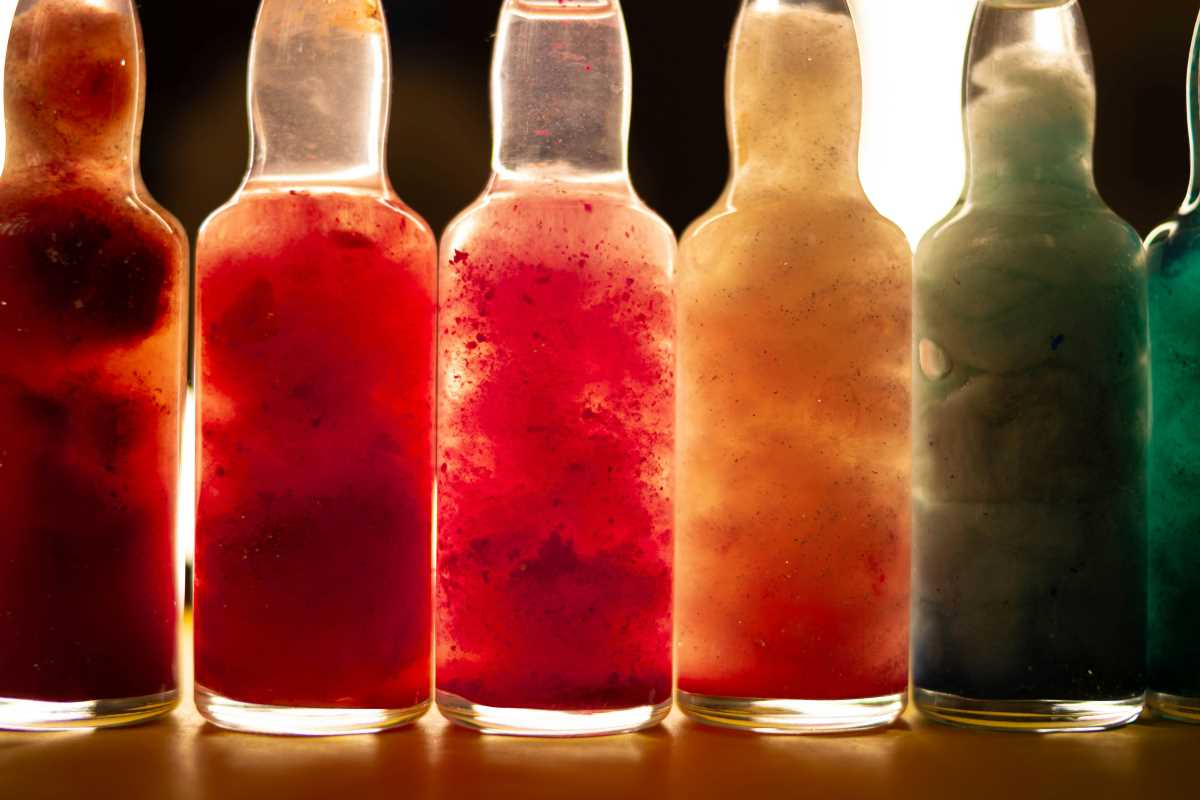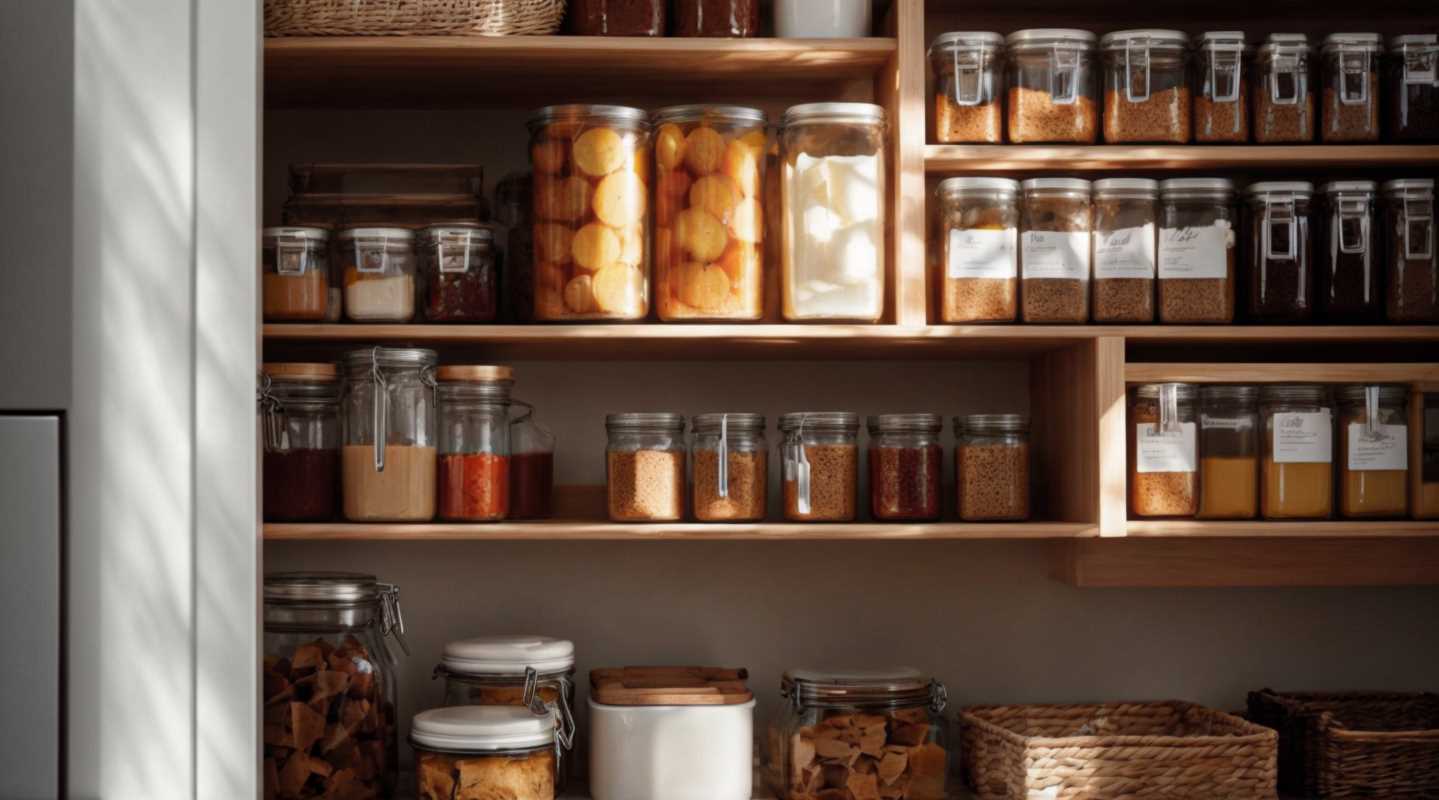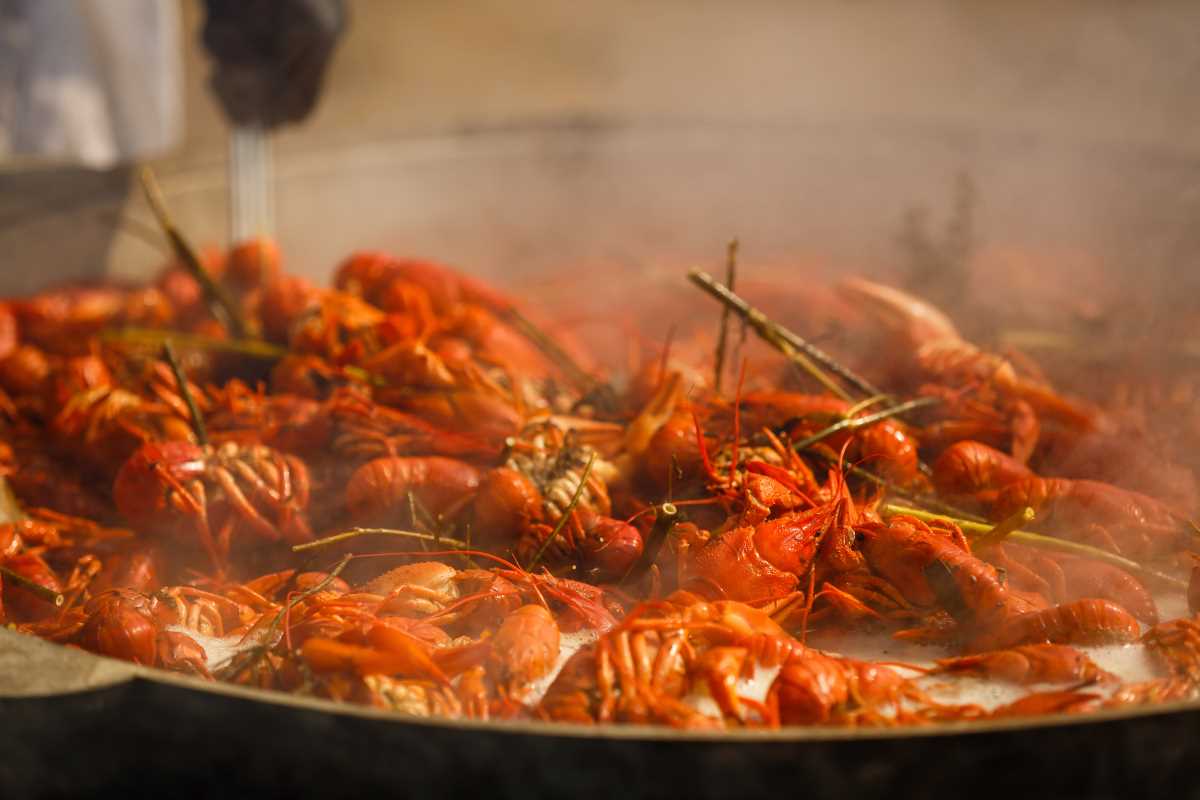The world of fermented beverages has become a vibrant part of modern lifestyles, blending refreshing flavors with an artisanal touch that captivates enthusiasts everywhere. When natural flavors find their way into these drinks, a simple brew transforms into something extraordinary, turning each sip into a delightful adventure. Whether you're an experienced brewer or just beginning your journey, exploring new and creative methods to elevate your fermented creations offers a unique twist that reflects your personal style. This exploration not only enriches your palette but also deepens your appreciation for the craft, encouraging a deeper connection to the drinks you love.
The Basics of Fermentation
- Yeast Activity: Yeast consumes sugars and produces alcohol and carbon dioxide, which play a crucial role in the fermentation process.
- Temperature Control: Maintaining the right temperature ensures optimal yeast performance and flavor development.
- Sanitation: Keeping equipment clean prevents unwanted bacteria from spoiling your brew.
- Fermentation Time: The duration of fermentation affects the final taste, balancing sweetness and dryness.
Exploring Natural Ingredients
One of the most exciting aspects of infusing natural flavors into fermented beverages is the vast array of ingredients to experiment with. From fruits and herbs to spices and even unconventional items like edible flowers, the possibilities are endless. Incorporating these natural elements not only enhances the taste but also brings vibrant colors and aromas to your drinks.
Dive into the world of wild foods to discover unique flavors that aren't commonly found in grocery stores. These ingredients introduce new and unexpected tastes to your beverages, setting your creations apart from the rest.
Innovative Techniques to Enhance Flavors
- Cold Infusion: Add your natural ingredients during the secondary fermentation phase and let them infuse slowly over a few weeks. This method preserves delicate flavors and aromas that might get lost with heat.
- Pre-Fermentation Maceration: Soak fruits and herbs in your base liquid before fermentation. This allows the flavors to meld seamlessly with the fermented profile from the start.
- Wood Chip Aging: Incorporate wood chips to add depth and complexity. Different types of wood impart unique flavors, such as vanilla or cedar.
- Tea and Spice Blends: Experiment with various teas and spices to create intricate flavor profiles. For example, green tea adds a subtle earthy note, while cinnamon brings warmth.
- Fruit Zests and Peels: Use the zest or peel of citrus fruits to add a burst of freshness and tanginess without the bitterness of the pith.
- Herbal Extracts: Incorporate extracts like lavender or rosemary to introduce floral and aromatic elements that enhance the overall taste.
- Fermentation with Wild Yeasts: Utilize wild or native yeasts from your environment to introduce complex and unpredictable flavor nuances.
By using these natural flavors, you create beverages that are not only tasty but also embody your personal touch and creativity.
DIY Flavored Fermented Beverages
Making your own flavored fermented beverages at home brings a fun and rewarding experience. Here are some easy steps to get you started:
- Choose Your Base: Start with a simple base like water, tea, or juice depending on the type of beverage you want to create.
- Select Your Flavors: Pick natural ingredients such as fruits, herbs, or spices that complement your base. Freshness is key for the best results.
- Prepare Your Ingredients: Wash, chop, or zest your ingredients as needed to maximize flavor extraction during fermentation.
- Add to Fermenter: Combine your base and flavorings in a sanitized fermenter. Ensure enough space for the fermenting process.
- Monitor Fermentation: Keep an eye on the fermentation process, tasting periodically to achieve your desired flavor intensity.
- Bottle and Enjoy: Once fermentation is complete, bottle your beverage and let it carbonate naturally before serving.
By following these simple steps, you can experiment with different flavors and find the perfect combination that suits your taste preferences.
Popular Flavor Combinations
Some flavor combinations have stood the test of time, while others are emerging as new favorites. Here are a few that you might want to try:
- Ginger and Lemon: A classic pairing that offers a zesty kick with a refreshing finish.
- Raspberry and Mint: Combines sweet and tart berries with cool, aromatic mint for a balanced flavor.
- Cucumber and Basil: Perfect for a light and crisp beverage with herbal undertones.
- Peach and Rosemary: Merges the sweetness of peaches with the savory notes of rosemary for a unique twist.
- Blackberry and Lavender: Offers deep berry flavors complemented by floral lavender accents.
- Apple and Cinnamon: A warm and comforting combination, especially popular in the fall.
Don't hesitate to mix and match different ingredients to discover your own signature flavor profiles. The beauty of fermentation lies in its flexibility and the endless possibilities it offers.
Enhancing fermented beverages with natural flavors allows for creative expression and personal style. By mastering fermentation basics and using diverse ingredients, you can craft uniquely delicious drinks. Begin today and enjoy the journey of creating your own flavored beverages!
 (Image via
(Image via





